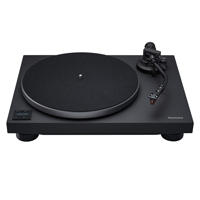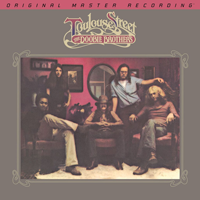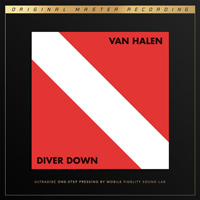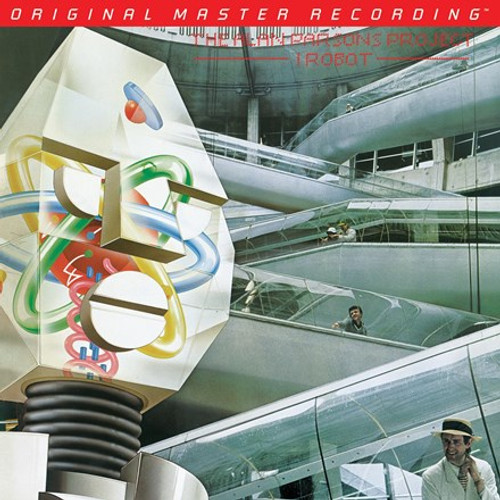The Alan Parsons Project I Robot (Numbered 180g 45RPM Vinyl 2LP)
Full Details
Perfectionism, Innovation, Complexities, and Reference-Grade Production Help Make Alan Parsons Project's Conceptual I Robot a Timeless Classic
More Music, More Information, More Detail, More Nuance: Mobile Fidelity's Numbered-Edition 180g 45RPM 2LP Set of 1977 Album Plays with Immaculate Highs and Features 3D Imaging
1/4" / 15 IPS analog master to DSD 256 to analog console to lathe
Audiophiles needn't any introduction to the Alan Parsons Project's I Robot. Engineered by Parsons after he performed the same duties on Pink Floyd's Dark Side of the Moon, the 1977 record reigns as a disc whose taut bass, crisp highs, clean production, and seemingly limitless dynamic range are matched only by the sensational prog-rock fare helmed by the keyboardist. Not surprisingly, it's been issued myriad times. Can it be improved? Relish Mobile Fidelity's numbered-edition 180g 45RPM 2LP set and the question becomes irrelevant.
Sourced from the original master tapes, pressed at Fidelity Record Pressing, and afforded the luxurious groove space of a 45RPM LP, I Robot comes to life with lifelike sound on this numbered-edition reissue. Boasting immaculate highs and lows, generous spaciousness, and see-through transparency that practically takes you into the studio with Parsons and creative partner Eric Woolfson at Abbey Road, this super-clean edition has been lovingly restored with the intention of showcasing the full-range capabilities of the world's best stereo systems.
Put simply, there's more music, more information, more detail, more nuance, more everything. Savor reference-grade soundstages, immersive smoothness, sought-after instrumental separation, three-dimensional imaging, and consummate tonal balances. Able to be played back at high volumes without compromise or fatigue, this a demonstration record for the ages.
Inspired by and loosely based around the Isaac Asimov stories of the same name, I Robot delves into themes of artificial intelligence and technological dominance that make the record increasingly relevant in the 21st century. Indeed, Parsons' pinnacle creation dovetailed with the ascendency of Star Wars, which itself is experiencing a rebirth in an age of self-driving cars, smart devices, and mindless automation. Lyrically, songs such as "The Voice" call into question human behavior – and their relationship to increasing robotic supremacy – in everyday life. Sonically, Parsons reflects the associated paranoia, dichotomy, and transformation via shifting sci-fi arrangements steeped in drama and moodiness.
I Robot's absorbing tunes also continue to fascinate due to their perfectionism and innovation. Borrowing from Pink Floyd's strategies, Parsons utilizes a looped sequence on the title track to create new downbeats. "Some Other Time" employs two different lead vocalists and yet gives the illusion only one is involved. Captivating strings, a piccolo trumpet, and bona fide pipe organ grace "Don't Let It Show." The origins of "Nucleus" stem from a unique analog keyboard concoction dubbed "the Projectron," devised by Parsons and electronic engineer Keith Johnson. Andrew Powell's orchestral and choral arrangements top it all off, with "Total Eclipse" arriving as an aptly frightening track that presages the climactic "Genesis Ch. 1 V. 32."
Does man or machine win in the end? Decide with Parsons as you get lost in Mobile Fidelity's 45RPM 2LP pressing.
Track Listing
1. I Robot
2. I Wouldn't Want to Be Like You
3. Some Other Time
4. Breakdown
5. Don't Let It Show
6. The Voice
7. Nucleus
8. Day After Day (The Show Must Go On)
9. Total Eclipse
10. Genesis Ch. 1 V. 32






































